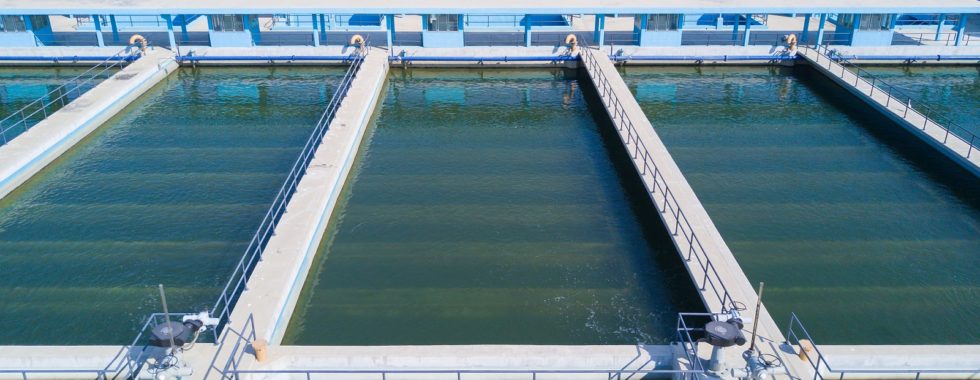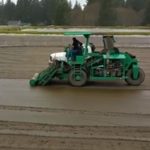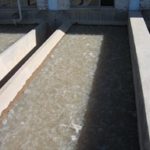Sand Filtration – 5 Interesting Facts Most People Don’t Know
The aim of a filtration process is to remove solid particles and other impurities from water. This is accomplished by passing the water through a porous media. Here are 5 interesting facts you should know:
1. Although ‘Slow Sand Filtration’ and ‘Rapid Sand Filtration’ are both based on sand, they act very differently.
There are many differences between slow sand filtration and rapid sand filtration. As the names suggest, the filtration is one the main differences.
However, it is not only the filtration rate. Also the filtration mechanisms are very different. in rapid sand filters, the filtration process takes place to the depth of the media column, while in slow sand filtration, the filtration is superficial and takes place mostly in the top 2-3 cm. The reason for this is reveled in next fact…
2. Most of the particles that are removed by the sand filter are smaller in size than the size of the filter pores.
So how are they being removed?
Most people think of a sand filtration process as process in which particles with diameter larger than the spaces between the filter media particles, cannot go through those spaces (pores) and are, therefore, removed. This process is called “Straining”.
However, most of the particles that are removed by filtration are smaller than the pores between the filter media particles.
There are other filtration mechanisms that act and allow the removal of tiny particles. These mechanisms include: sedimentation, inertial forces, physical collisions, electrostatic and electro-kinetic forces, and biological removal.
3. Most of the filtration in slow sand filters is done by bacteria, protozoa and other microorganisms, in a biological layer, called ‘Schmutzdecke layer’.
In slow sand filtration, the sand provides most of the filtration process. It preforms mostly as a substrate to the growing of a biological layer, rather than a filtering media. This top 2-3 cm layer is called ‘The schmutzdecke layer’ and it is made up of microorganisms. The microorganisms break down organic matter and feed on other bacteria, algae, viruses and suspended particles.
4. Slow sand filters can remove up to 99.9% of the bacteria in the water without any chemical disinfection process.
Slow sand filters have very high efficacy in removing bacteria and other pathogens, like Giardia and Cryptosporidium. Much of this removal process is done by other predatory bacteria and protozoa. Because of this high efficacy, the use of disinfectants is reduced in this process.
5. In sand filtration the smaller, but heavier media particles are at the top.
To increase the efficacy of rapid sand filtration, many filters built as ‘dual media’ or ‘triple media’. The materials that are being used, except of sand, are anthracite and garnet.
The uniqueness of these materials is in their grain size and density, where the density is in inverse proportion to the grain size (i.e. smaller particles, higher density).
The smaller particles always remain at the bottom of the filter and the larger ones at the top. This allows filtration to the depth of media.





